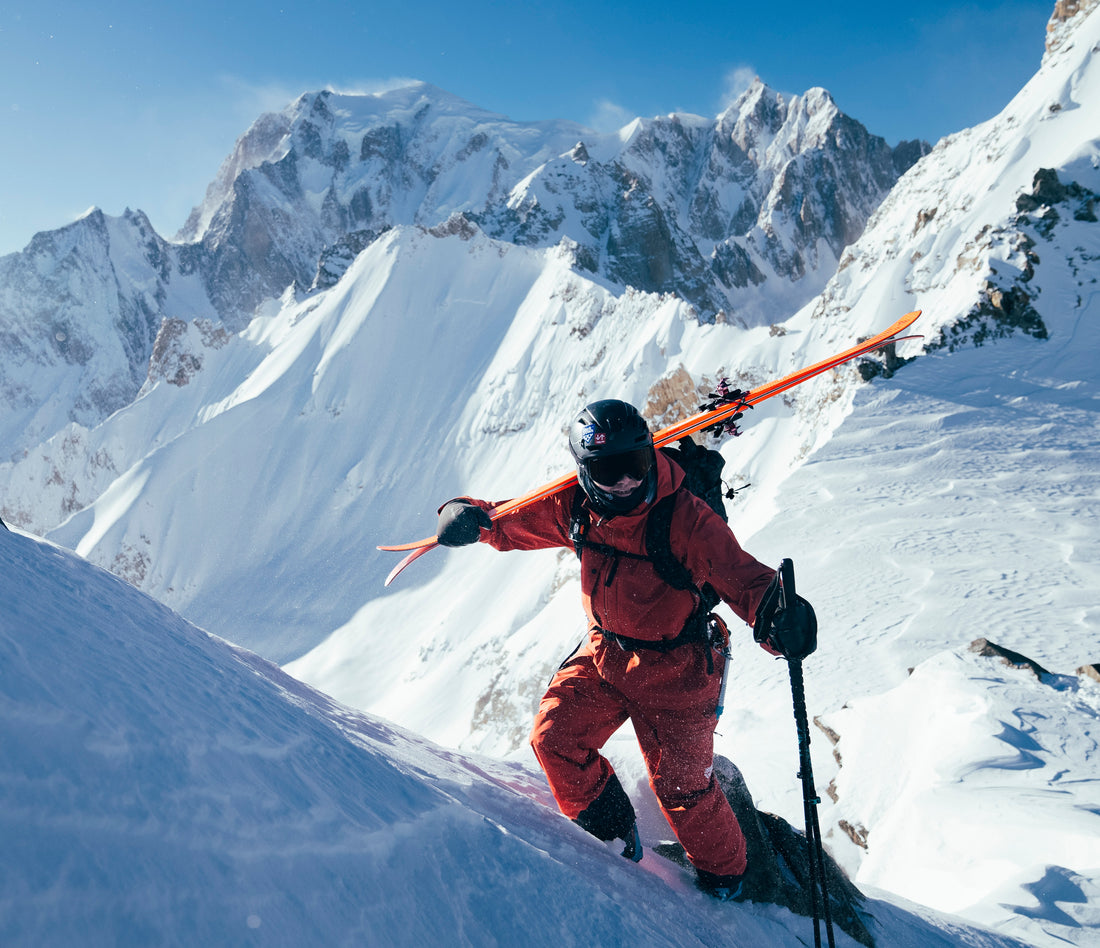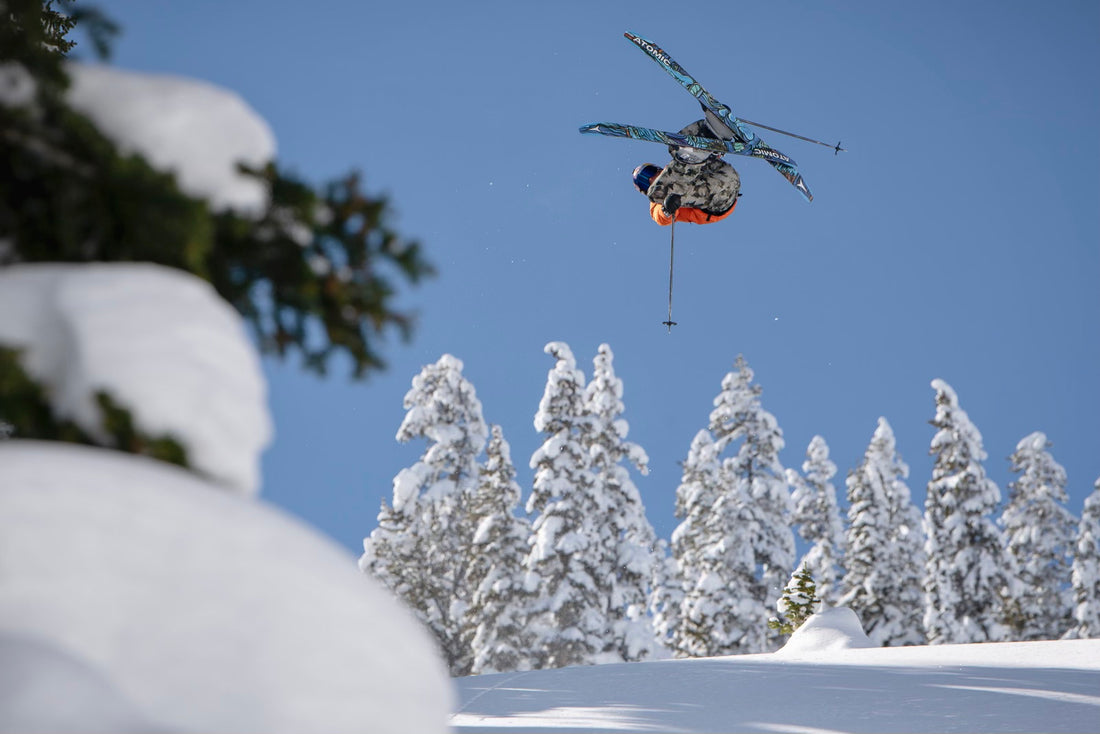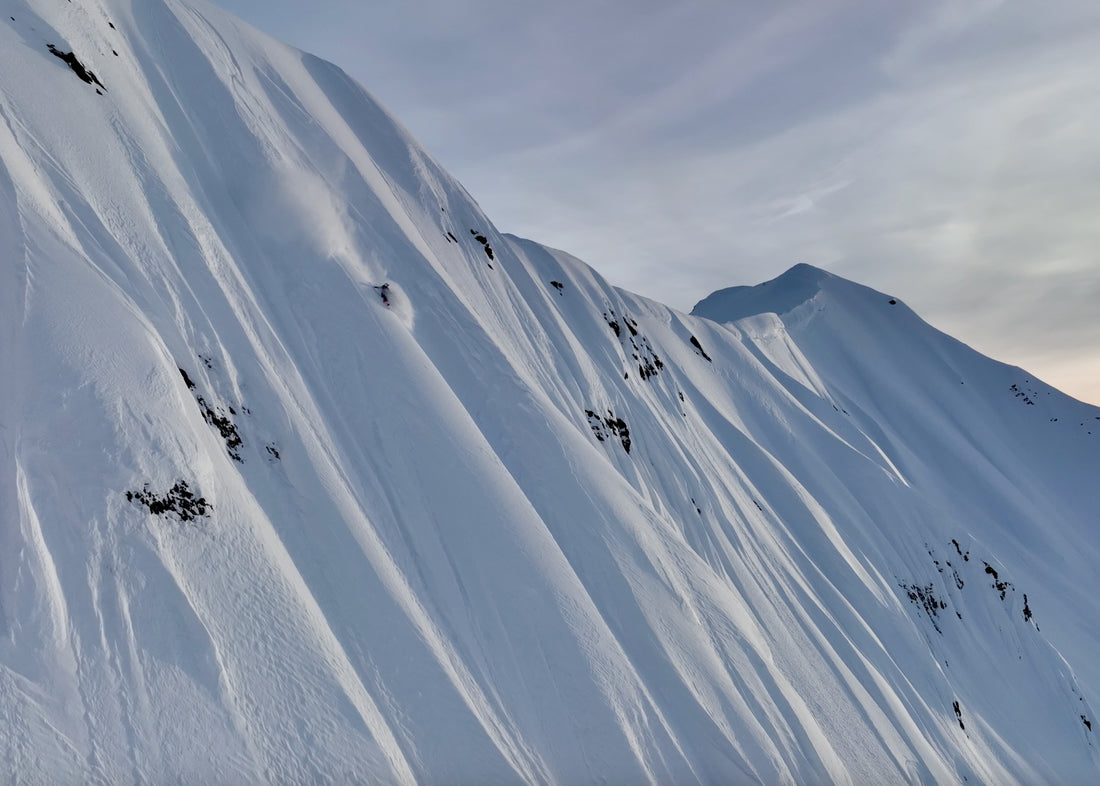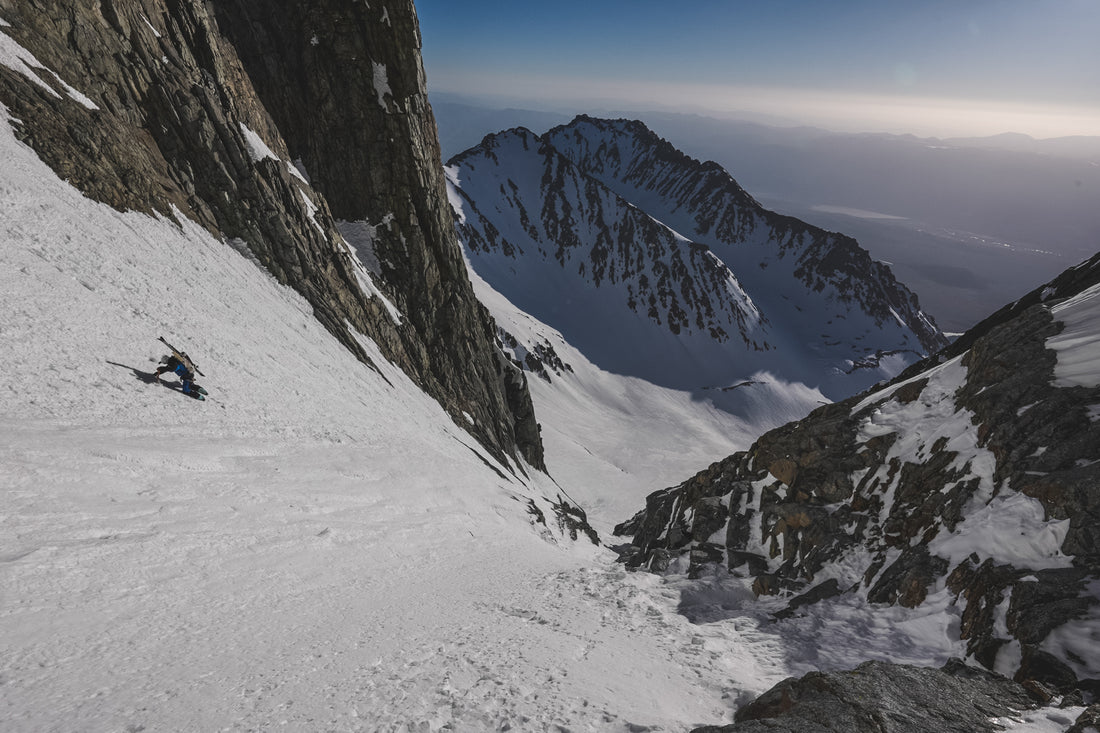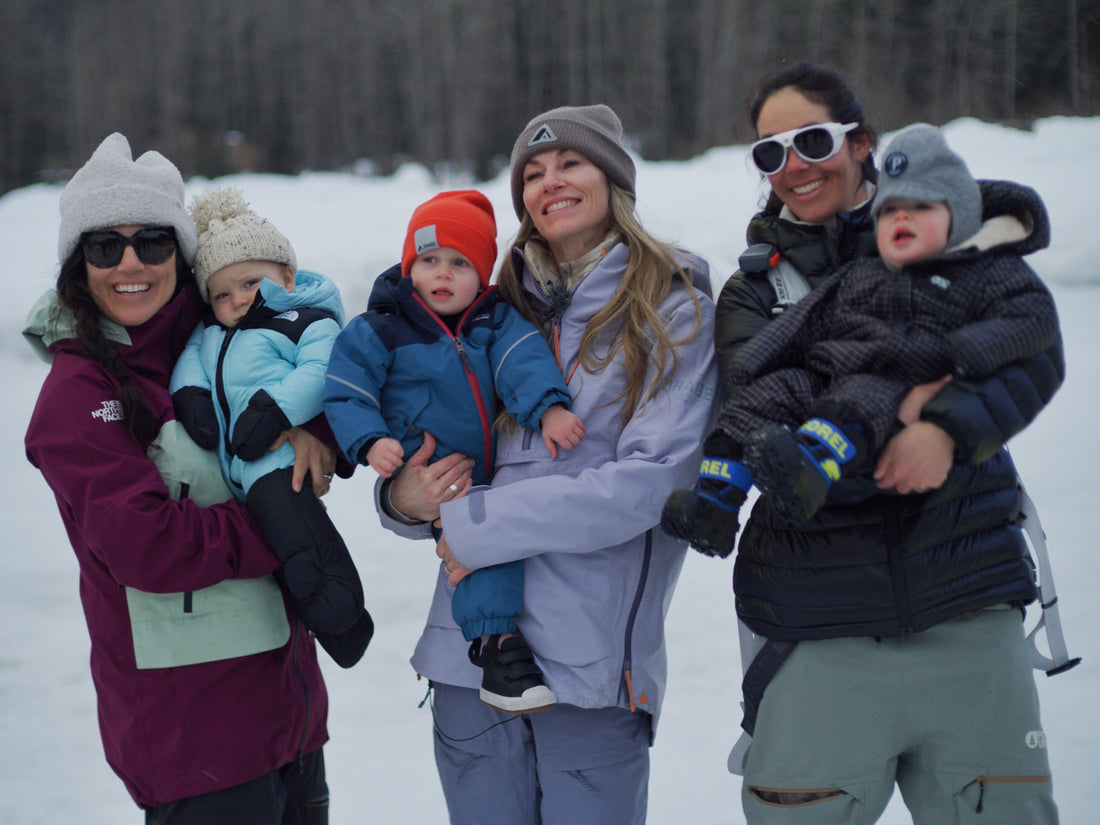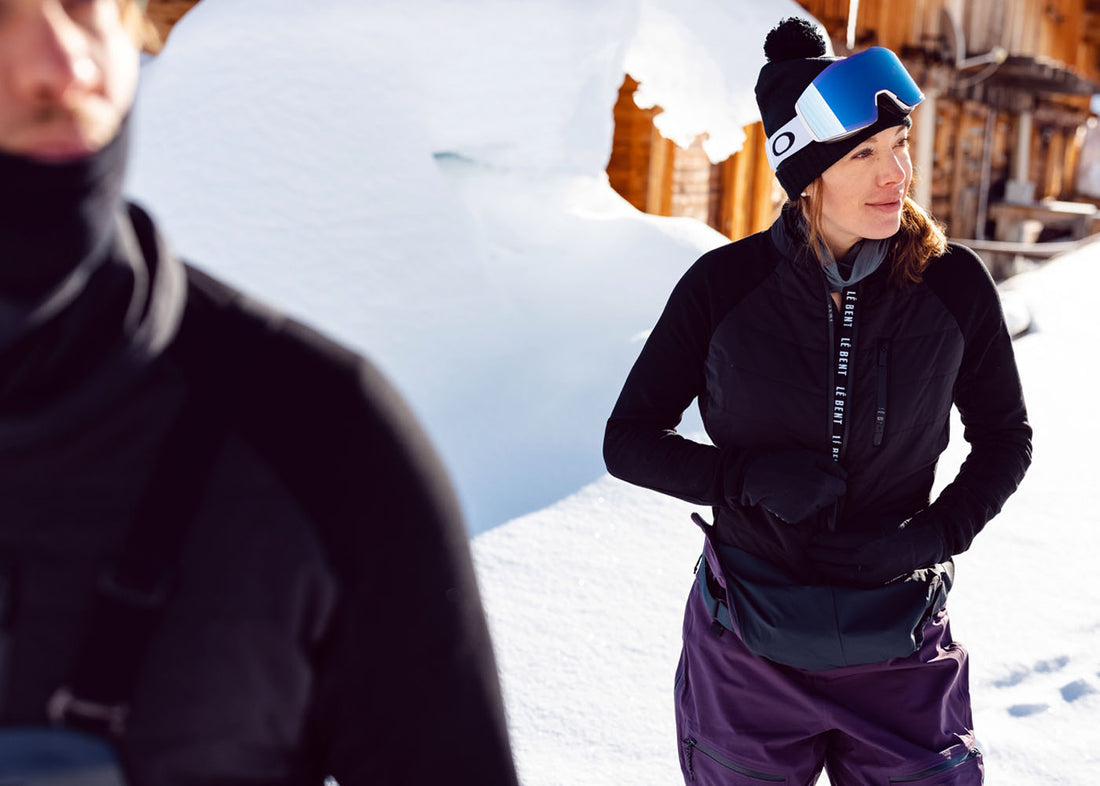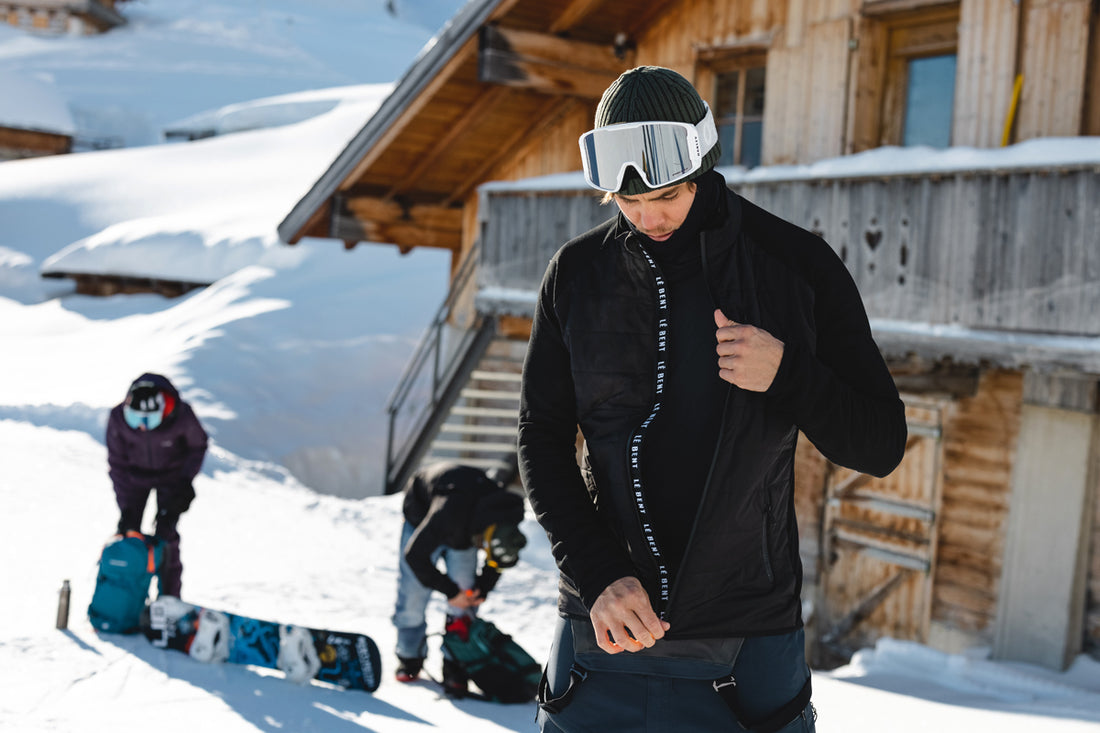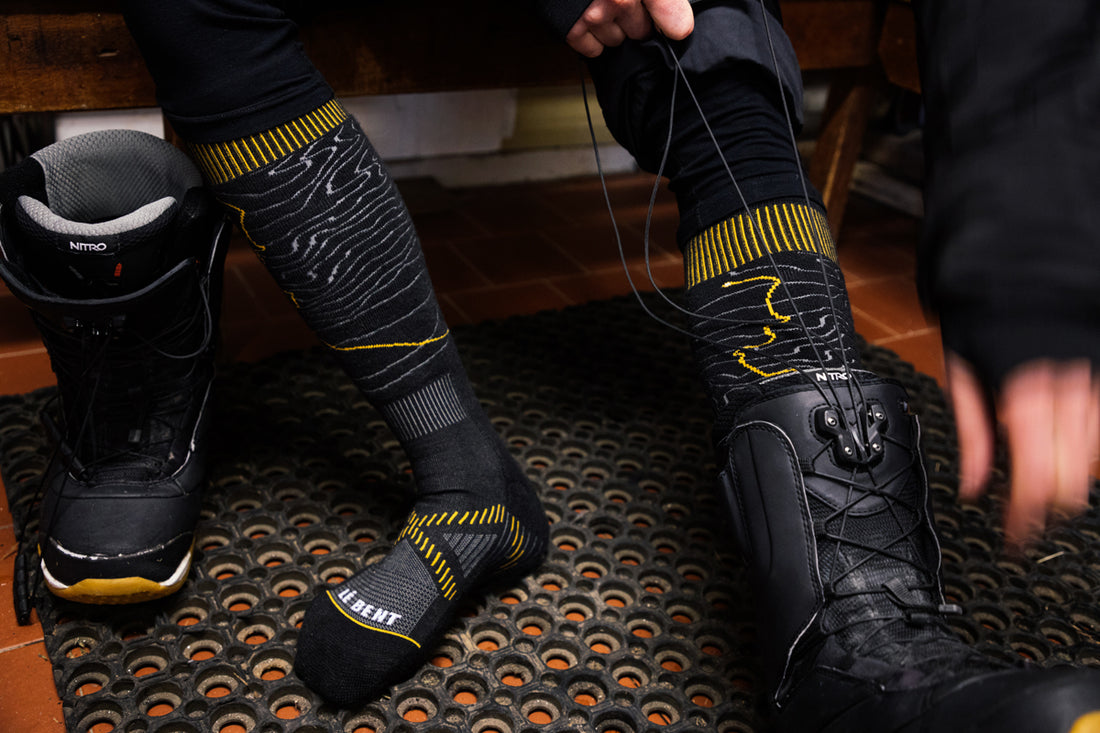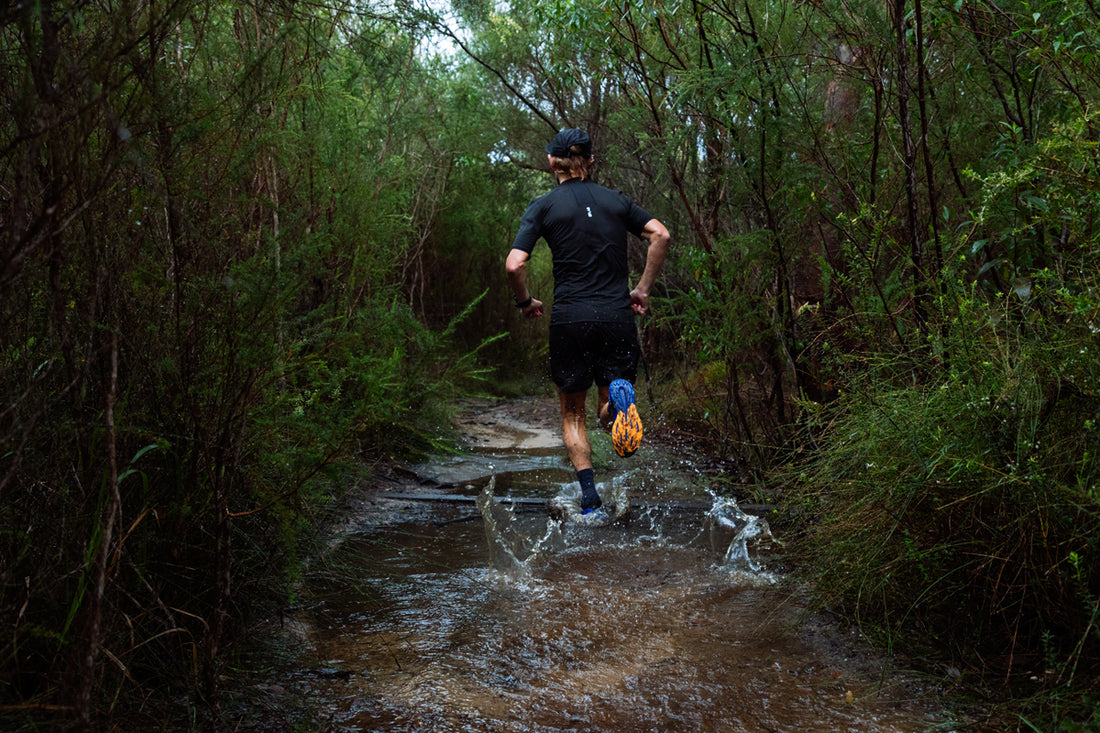A recent addition to the team, Michael Wirth is a 23yo ski mountaineer from Aspen, Colorado. Michael had an epic goal last season, and we wanted to tell you about it, but we didn't even know how to put the feat into words. Instead, we thought it should come straight from the horses (or Elk's) mouth.
The below was written by Michael. Expect plenty more to come from him.
The Beauty and Challenge of Ski Mountaineering in the Elks
by Michael Wirth
In embarking on a challenge, one that tries all facets of your mental and physical fortitude, you discover a new world within yourself. That is, a sensation of transcendental connection to the world around you.
My name is Michael Wirth, I’m a 23-year-old ski mountaineer from Aspen, CO. I just finished a project where I became the first person to climb and ski from the summits of all 59 peaks above 13,000’ in the Elk Mountain Range of Colorado. I did this in 61 days. I’m here to share a glimpse into the challenges and beauty of this journey.
Throughout this project and over the years, I’ve found myself falling deeper in love with ski mountaineering: primarily because this sport never ceases to challenge you further – on both mental and physical levels. The most obvious challenge ski mountaineers confront comes with moving in technical and exposed terrain. The difficulty here comes with building a level of mental comfort and physical confidence to make critical moves when the consequence could mean death. Plain and simple: big mountains, ice, and cliffs are hard to move through.

Micheal nearing an unnamed summit after another early start.
The other challenges that confronted me throughout my project, and the ones I believe to be the greatest challenges, were fatigue and planning. Let’s start with fatigue: to ski off the summit of a remote and steep peak means starting your journey in the middle of the night. In the spring conditions of Colorado ski mountaineering, you must start early to avoid having the sun warm a slope and cause a wet slide avalanche. So, your alarm clock goes off at 2am, you roll out of bed, slam down an espresso and force some oatmeal in. Your body doesn’t want to be awake at this time, and it certainly doesn’t want to digest any food. You remind yourself that you’ll need this energy and that your efforts will be rewarded by the unparalleled beauty of a snow-covered alpine landscape.
Doing this a few, or even ten, times in a season isn’t all that bad because a nap awaits you after your trying yet rewarding climb and ski. However, for my project, I didn’t take a nap once. After I finished an objective, my attention immediately turned to the next. In the remaining hours of the day, I was busy driving to the next trailhead, drying out my gear, laying out the food I needed for the next day, and eating what I could in order to stay nourished for the many remaining peaks. Then, you try to go to bed before 8pm to wake up again at 2am and do it all over.
For roughly the first 30 summits, this was brutal. My body was resisting falling into a rhythm of waking up in the middle of the night. Consequently, many of those days were fueled by reminding myself: you get to ski, you get to be in the alpine, you get to be in one of the most beautiful places on planet earth. That worked. I moved through the darkness of a forest every early morning waiting for the first light of the day to welcome me. When it did, I never wanted to be anywhere else.

Sunrise over the Elks is a small reward for those Alpine starts.
Once I reached the halfway mark of the project, I fell into a rhythm. The fatigue was never gone, nor was the confusion of eating breakfast around midnight. But, my body started to harmonize with my mind’s desire to journey into the alpine every day. At this point, things were flowing. I was pretty much in a flow state for an entire month. My routine had been dialed; I reached a point of deep connection and understanding of the Elk Range’s geography and snow conditions that I’d never experienced before; I knew what I had to do to finish the project and my body was trained to follow that desire at an unconscious level. Every part of my being was dedicated and working together to fulfill this dream.

Let’s back up for a moment. I mentioned that planning was the other great challenge of this project. The 13,000’ summits in the Elk Range are rarely traveled in both the summer and winter. That means there is very little beta (information about routes previously completed) on these peaks. Within the Elk Range, there are 52 13,000’ summits: only around ten of them had information available on winter climbing and ski descent routes. Consequently, mapping out how to ski off the summits of all 52 peaks became a puzzle. About four months prior to actually setting off to ski the first mountain, I was in heavy information collecting mode.
I started off by compiling a list of all the 13,000’ peaks then plotting them onto maps. Here is my first complete map of all 52 summits. Don’t worry, I didn’t just use a paper map as some sort of hipster statement. I think there is something extremely valuable to visualizing a landscape by scratching it up with a pen rather than with a computer cursor. Furthermore, the landscape is set, there’s no zooming in and out or changing axis, thus you get a sense for the absolute layout of a place with a fixed paper map.

After getting this initial layout of the Elks etched in my mind, I switched over to using our space-age tech of Caltopo and FATMAP. First, I used FATMAP’s elevation gradient to ensure that I hadn’t missed any 13,000’ summits in the range. Then, I categorized the peaks by their prominent drainage so that I could more easily sort through the sheer number of them. This type of categorization proved to be quite useful later on in the project, as I was prioritizing certain areas of the range depending on how well snow was holding there.
Then it came time to start the project. The anticipation was big, particularly because I had spent a lot of time mapping peaks, studying snow forecasts, and performing snow column tests around the areas where I’d be skiing. I was nervous because we had a particularly unstable snowpack this year throughout Colorado, and especially in the Elks. However, the warming temperatures of spring always end up settling the snowpack: it’s just a game of being too early–especially when you’re trying to ski so many peaks in one season.
The only way to answer your questions about the snowpack and which lines go or don’t is to head out and assess the conditions with your own eyes. So, I started off by climbing and skiing some summits that were more straightforward: that’s when the true mapping and planning began. Each time I reached a summit, I’d take a panoramic view, note the neighboring 13,000’ summits and scribe some quick notes to myself about prospective ascent and descent routes. This process continued throughout the entire project: I’d continuously get slightly different views of peaks I had yet to ski as I stood on the summits of their neighbors. Then, it just came time to trust what I’d seen, have confidence in my observations about the snowpack, and go ski that line that no one had ever written about and possibly never skied before.


It may sound a bit like I was just going for it on those unknown peaks. However, that was never the case. I completed six first descents throughout the two months. For each of those lines, I scoped them from at least three different mountain tops–noting the cruxes, the steep sections, the entrance, and the exit. All of it was very planned. All of it was a collaboration of spending two months fully immersed in the mountains. All of it was a result of listening to my surroundings.
The project concluded when I'd skied all 52 13,000’ peaks and seven 14,000’ Elk Range mountains from their summits. That last day was hard. I’d just experienced the most challenging and also most beautiful two months of my life.

When you wake up at 2am every day for two months and venture into the alpine, you’re met with the most beautiful moments the world has to offer. The snow-covered mountains turn to the softest blue with the first light of the day. Then, they begin to glow with that unmistakable alpine orange. In those moments, your tiredness disappears, you become overwhelmed with an appreciation for the world at large, and you feel alive.
This project meant so much to me, as the Elk Range is home to the wilderness and mountains that I explored throughout my childhood. It feels amazing to have taken this opportunity to turn off the well-traveled path, to explore something new, to experience something like no one has before. I can now say I’m an explorer and I’ve explored something in a deeper way than anyone has before.


